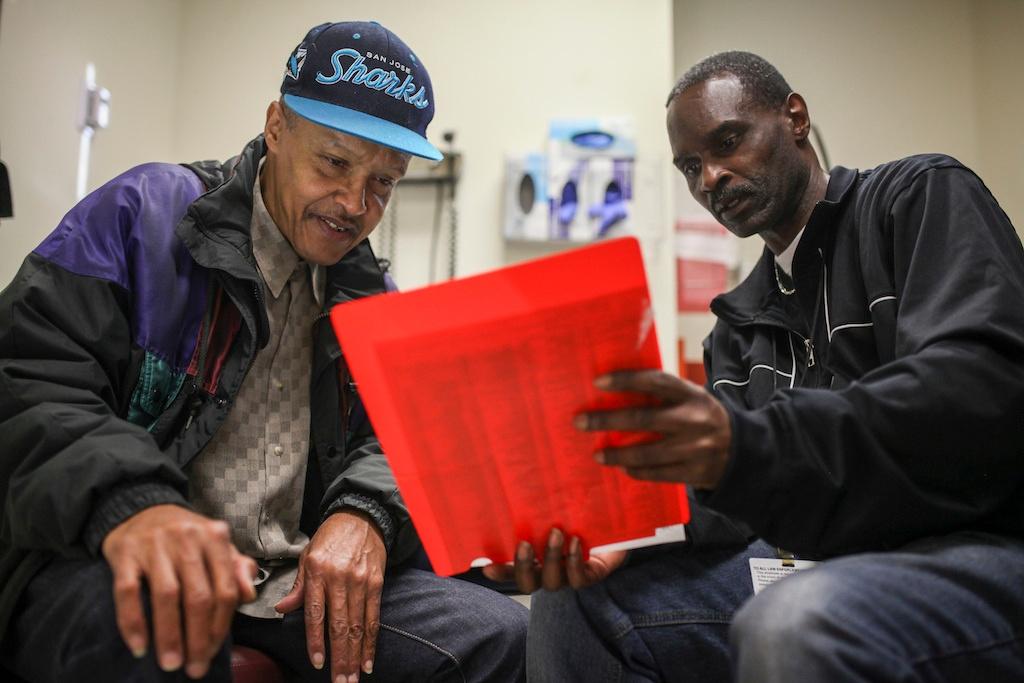For decades, Medicaid’s inmate exclusion policy has left many without access to comprehensive health services during incarceration, save for limited inpatient hospital care.
People who are incarcerated often face significant health disparities compared to the general population. They are disproportionately affected by chronic illnesses such as diabetes, hypertension and heart disease, as well as infectious diseases like hepatitis C, tuberculosis and HIV. Additionally, mental health conditions and substance use disorders are highly prevalent.
These disparities are compounded by socioeconomic factors, such as poverty, limited access to preventative care, and systemic inequities. Black and Hispanic individuals, who are incarcerated at higher rates, often face these challenges more acutely, further exacerbating disparities in health outcomes.
Extending Medicaid to incarcerated populations addresses these disparities by ensuring access to consistent and comprehensive health care.
“This is really the first time Medicaid is being used to cover some health services for people who are incarcerated,” said Elizabeth Hinton, an expert on Medicaid policy at KFF, a nonpartisan health policy research group.




